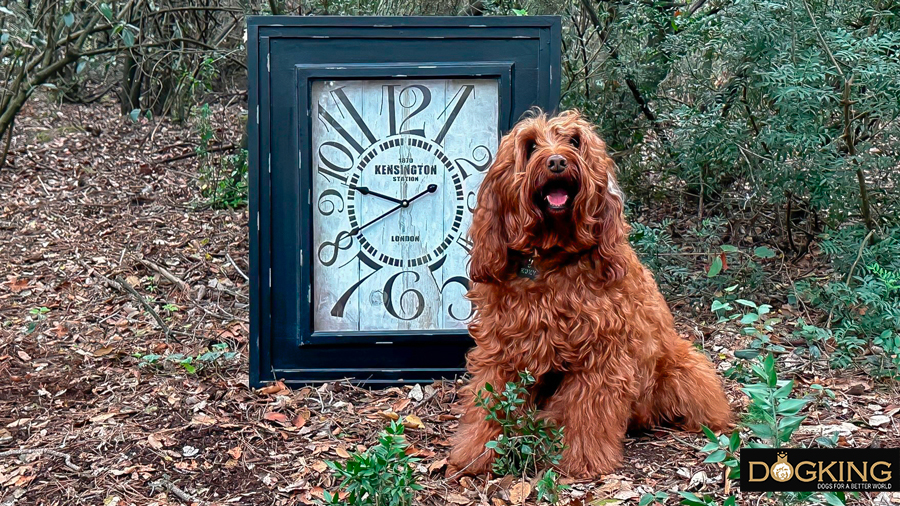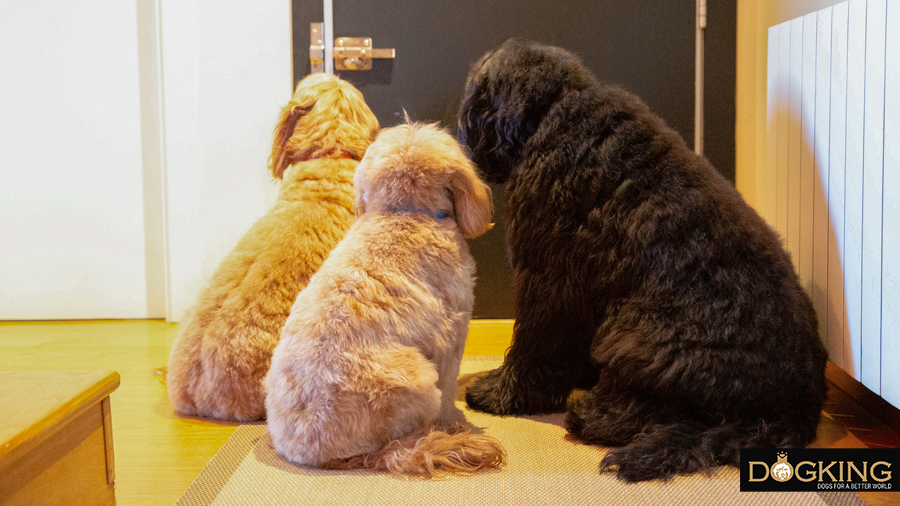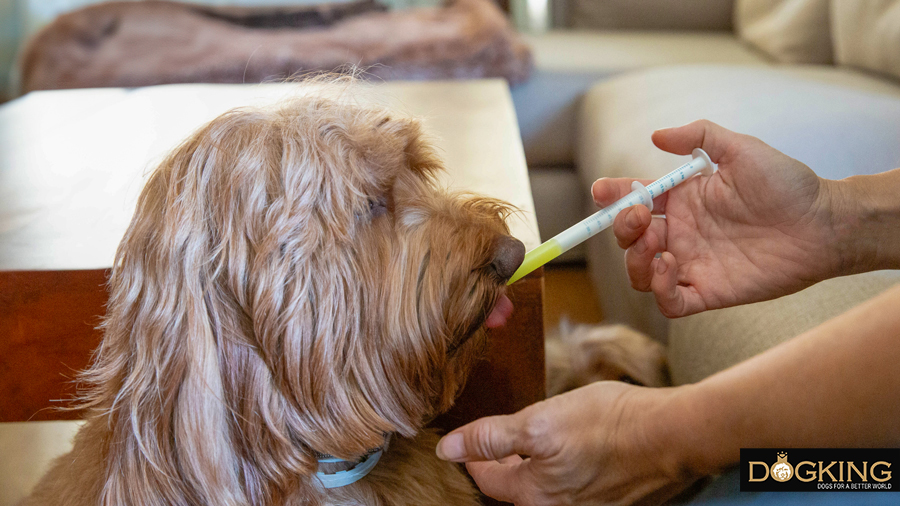Does the time change affect your dog?
Find out how your furry friend lives with the clock going forward or backward

TIME CHANGE IN DOGS
Reading time about 8 minutes
The regulation in some European countries to set the clock back one hour in autumn and set it forward by the same amount of time in spring affects our routines and habits. If you are an organized person with a fixed schedule, you will certainly notice that, especially on the first day, your feelings of hunger, tiredness and perception of time are altered. Just as some humans are affected by the time change, some dogs are also affected by it. Sometimes, our furry friends are even more affected than we are by the time change, as dogs love routines. Schedules and organization help them to know what to expect at all times and to feel secure. But when the clock is set forward or back an hour, this stability can be shaken. In addition to less or more light, which could affect their internal biorhythms, there is no doubt that their routines will be altered as long as their owners change theirs. So how does jet lag really affect dogs?

Table of contents
1- Which dogs suffer most from the time change?
2- How can my dog notice the time change?
3- How can I help my dog adapt to the time change?
Which dogs suffer most from the time change?
How can my dog notice the time change?
1. Walking time
Your dog's internal clock is responsible for ensuring that every day, exactly at the time you usually go for a walk, it waits for you punctually at the door of the house ready to go out. Dogs use their circadian rhythms and observation of their environment to orient themselves through time, so they know perfectly well when it is time to eat or go for a walk. When the time goes earlier or later, you will probably take your dog outside earlier or later, and the animal may become a little disoriented. If your puppy is learning to wee in outside, the animal may not be able to hold it in and may do it at home. If this happens, don't scold or punish your dog. Simply take the animal to its soaker (it is advisable not to remove it while the pet is learning) so that your dog understands that if it can’t hold back the urge to urinate at home, that is where your pet should go.
Another aspect to bear in mind when it comes to the change in walking time with the clock change is the temperature. In summer, an extra hour may mean that it is already too hot outside for your pet, while in winter, the time change will mean colder temperatures outside. Keep this in mind!

2. Sleep
If you are under the illusion that you will be able to sleep an extra hour later in autumn, it is possible that your dog will lick you awake according to the normal schedule. For your furry friend, nothing will have changed in its internal clock. It is also normal for your dog to fall asleep earlier or later than the animal used to, or simply to take more naps due to discomfort and stress. Allow your dog to sleep as much as the animal needs and don’t disturb it, as this is all part of its process of adapting to the new schedule.

3. Hunger
In the hours following the time change it is normal to notice changes in your dog's appetite. The animal may ask for food early or not be hungry at the usual time. If this happens to your furry friend, you don't need to do anything. If your dog refuses the food, take it out again a little later and, if you see that your pet is very hungry and nervous, bring it forward a few minutes. In 1-2 days, its whole organism will regulate itself and adapt to the new feeding routines.

